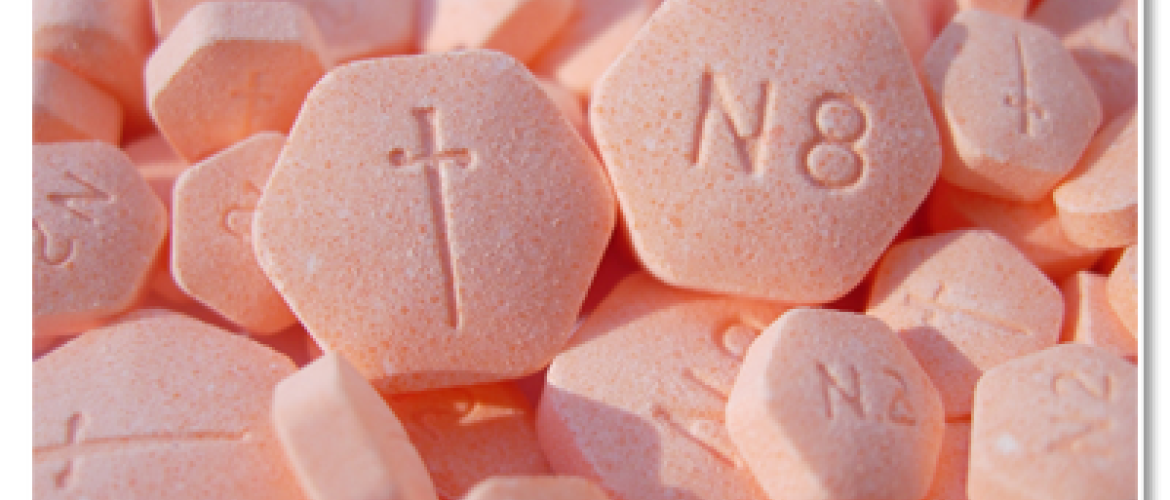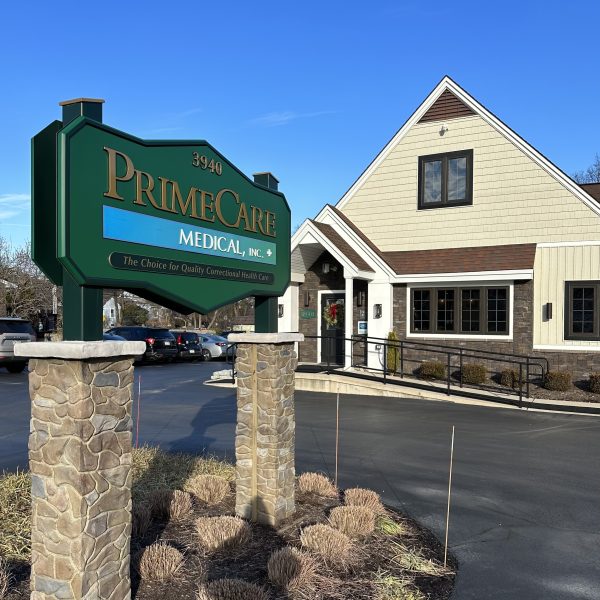Author: Jessica Norton, MA, LCMHC, MLADC.
What is MAT and Why?
Medication-assisted treatment (MAT) is the use of medications, in combination with counseling and behavioral therapies, to treat Substance Use Disorder (SUD), sustain recovery, and prevent overdose. Research shows that a combination of medication and therapy can successfully treat SUD. MAT is clinically effective and can reduce the need for inpatient detoxification services. The treatment approach of MAT improves patient survival, increases retention in treatment, and decreases illicit opioid use and other criminal activity among people with substance use disorders.
The Problem
MAT agonist medications (buprenorphine, methadone) used to treat opioid use disorder in correctional settings have contraband value as their nonmedical use can result in a “euphoric effect”. Incarcerated individuals receiving MAT may divert their prescribed medications to others. There are several common diversion techniques and it is the shared responsibility of both medical and correctional staff to ensure MAT medications are being taken as prescribed.
Reasons for Diversion
Medication diversion is any intentional disruption of a drug’s path that reroutes it from its intended use. Medication may be diverted for any number of reasons including sharing or selling to others, hoarding for later use at a higher dose, or administering it in a way other than prescribed (i.e. snorting).
Methods of Diversion
“Cheeking” is an attempt not to swallow a medication by concealing it in the mouth and is the most common type of diversionary method. This can be accomplished by hiding the medication between the check and gums, lip and gums, under the tongue, or on the roof of the mouth. Liquid medications can be stored in the mouth and later spit into a plastic bag.
Decreasing Diversion
- Dedicated Staff. In order for a MAT program to be effective, it must be supported by administration and staffed by those who are dedicated to the program. Attention to detail and a high level of coordination between correctional and medical staff is necessary in order for the program to be successful. A dedicated MAT team enables members to become very familiar with the process, know their patients, and share responsibility. Staff need to be experienced, knowledgeable, and positive toward providing treatment.
- Patient-centered Treatment Planning. A multidisciplinary team of correctional staff, medical staff, providers, and the patient should be included in treatment planning and clinical decision making. This model supports compliance, safety, and allows the patient ownership of his/her recovery.
- Safe Administration of Medications. Components for safe administration of MAT medications include medication lines, dual mouth-checks (performed by both medical and correctional staff), dedicated observation tables, and regular urine toxicology screens. In order to avoid patients diverting medication, they may be required to consume water, juice, and/or crackers to help ensure no remaining residue after proper administration. Providers may also allow certain medications to be crushed and mixed with water to avoid diversion.
- Effective Response to Incidents. Any error in medication administration or incidence of diversion is reported. Correctional and medical staff take immediate steps to mitigate any medical or safety risks. Every incident should be reviewed to determine what corrective actions are necessary and proactively address and prevent future incidents.
- Ongoing Education and Training. Staff education is critical for an effective MAT program and training should also include cultural considerations about SUDs and MAT recovery.




